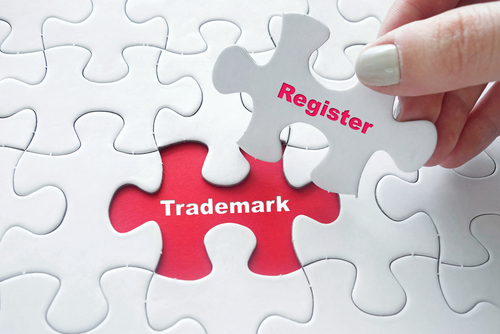Intellectual property rights are a significant aspect of any business. With that in mind, it’s important to be aware of recent changes implemented by the U.S. Patent and Trademark Office (USPTO). On December 18, 2021, the Trademark Modernization Act of 2020 (TMA) took effect. Read on to learn about this federal law may impact your New York business.
Transitioning from Paper to Electric
One of the things that the TMA does is to update procedures. In order to change and modernize the system, the USPTO moved from paper trademark applications and registration to the electronic form. This move was intended to give trademark owners an easier path to their trademark certificates when registered. The USPTO recognizes that most trademark owners favor receiving trademark registration certificates in a digital format rather than as a paper certificate, and made the switch, allowing owners to get registration certificates more quickly.
Removing Old Trademarks
Trademarks that are registered but not in use are considered “deadwood” registrations. When a mark registers, the registrant needs only to submit proof of use at six years, 10 years, and every 10 years after. Because of this, marks would stay on the Trademark Register for years even though they aren’t being used. This act as barriers to implementing new brands, preventing parties from registering similar marks for similar goods or services.
Ex Parte Expungement and Reexamination
To deal with the problem of old marks crowding the Register, the TMA addresses it with a new set of ex parte processes, “expungement”, and “reexamination.” Reexamination allows petitions using a technical standard. Rather than an extensive unused basis, the petition allows for an expungement of all or a portion of the mark if it wasn’t used correctly by the application date or by the statement of use deadline. The petitions apply to trademarks in place after five years of their inception.
They can be filed with the USPTO either by third-party petitioners or the USPTO can initiate an expungement on reexamination on its own.
Letters of Protest Window Expanded
The TMA has also changed the way that the USPTO deals with the process for letters of protest. Before the TMA went into effect, the letter of protest process allowed a third party to get involved in a trademark request within 30 days of its publication.
However, now the USPTO is required to include protest letters up to two months after publication, which means that there is a more comprehensive opportunity for the issue to be recognized. It also forces fliers to be more proactive when it comes to anticipating challenges; they should work to ensure that they perform proper due diligence, keep a through chain of custody on records and confirm usage on the first date of usage for the goods and services.
Patent Review
Patent owners should also take note of the inter partes review, a relatively recent trial process. Here, a new challenge to a patent occurs when a party argues that authorization was already taken by prior patented art.
This review is prompted when a third-party files up to nine months after a patent is granted/reissued or if a post grant review is authorized. Either way, you as an owner must respond. However, completing your due diligence and researching information can help to avoid this in the first place.
Get Help from IP Lawyers in NY
For many businesses, your trademark, copyright, or patent is one of your primary assets, so it’s well worth protecting. With the TMA’s introduction of new examination procedures and stronger presumptions for protection, you may likely benefit. If you need guidance, please reach out to a MOWK Law attorney who can assist you with your intellectual property issues. Contact us today to see how we can help you.


